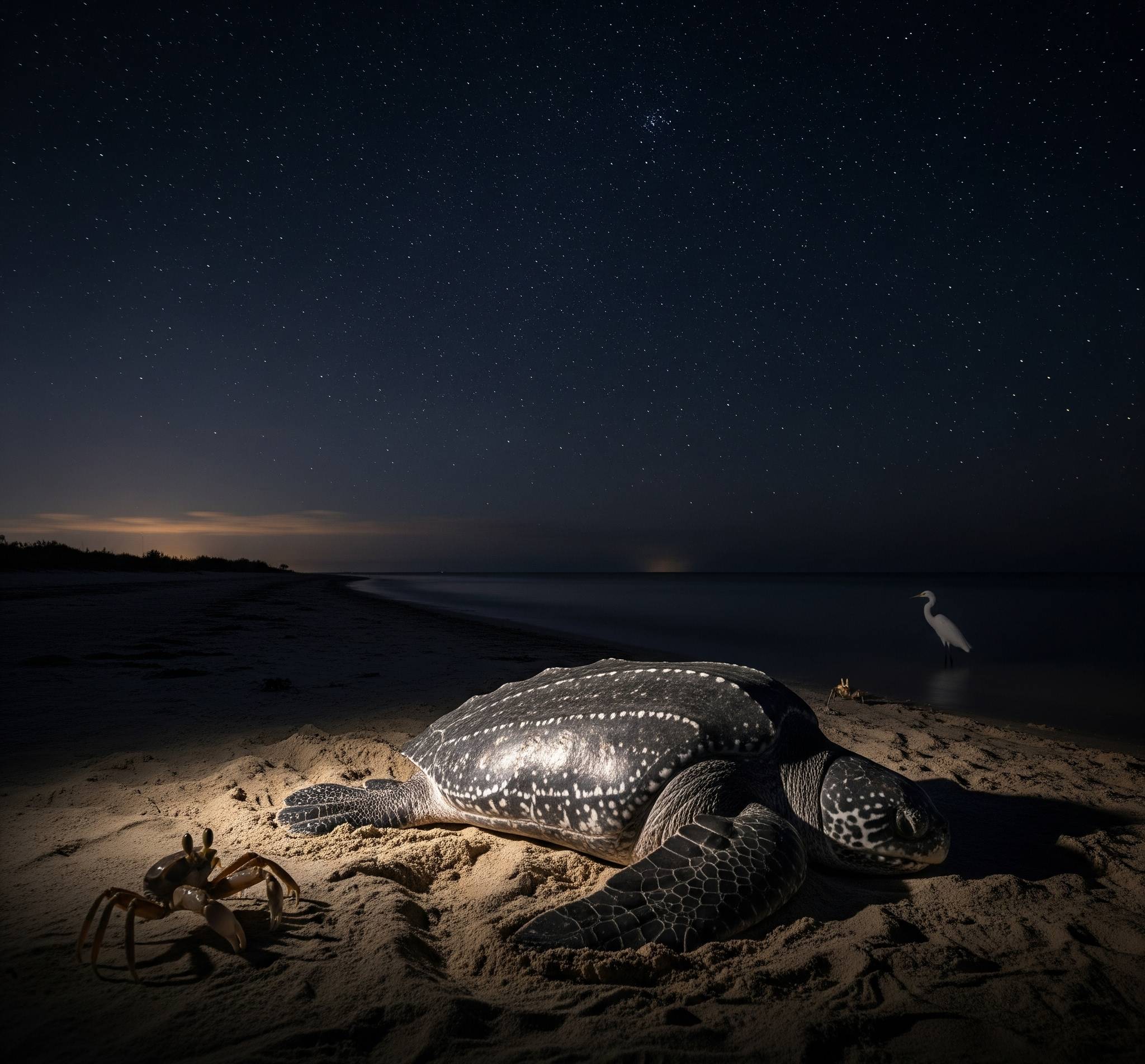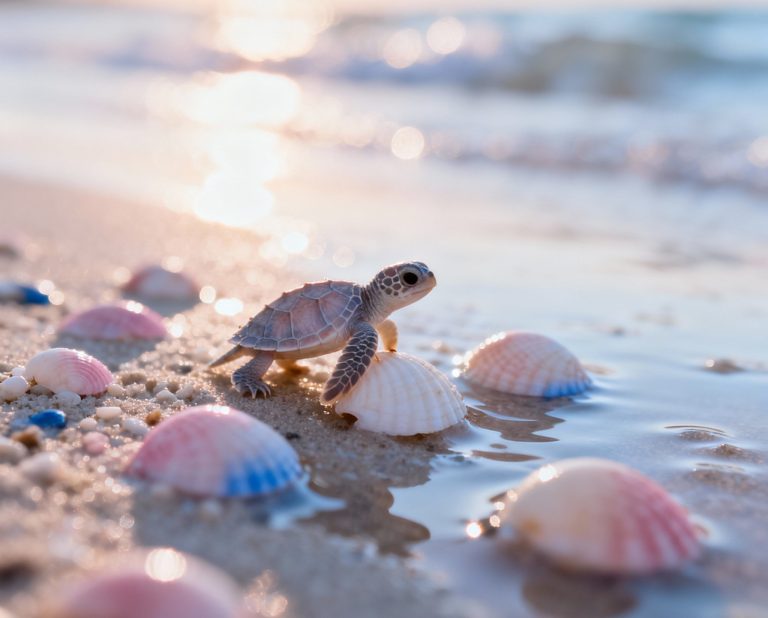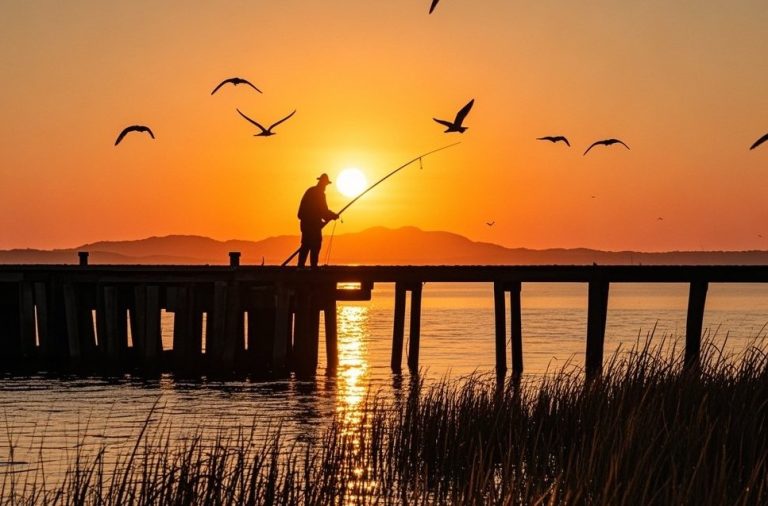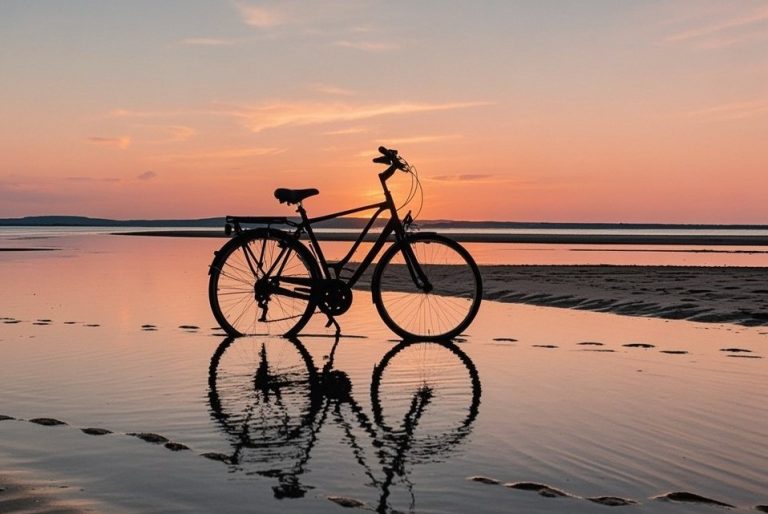On Sanibel Island, darkness isn’t a lack — it’s a conscious choice. With no streetlights, the island offers a safe haven for nesting sea turtles and thriving nocturnal wildlife.
Sanibel Island is not only beautiful during the day — it’s magical at night, too, even without streetlights. Yes, you read that right. Sanibel is one of the rare places where streetlights are intentionally limited. This is part of the island’s commitment to protect sea turtles and other nocturnal wildlife.
Each year, thousands of sea turtles come to Sanibel’s beaches to lay their eggs. Artificial lights, like streetlamps, can confuse baby turtles, drawing them away from the ocean. That’s why Sanibel chooses to keep the nights dark — so nature can continue its cycle without interference.
The absence of bright lights doesn’t just help turtles. Owls, bats, and raccoons also benefit. Less light pollution means they can hunt, move, and live more naturally.
In Sanibel, nighttime is a gift. Without city lights, you can see the stars clearly, hear the waves crashing, and feel the peaceful energy of a true tropical night.
This is Sanibel — an island that protects nature, even in the dark.
Introduction: Why Sanibel Island Is Unique at Night
While many coastal destinations are brightly lit after sunset, Sanibel Island takes a different path. The absence of streetlights across much of the island isn’t due to lack of infrastructure — it’s an intentional and thoughtful decision to preserve the island’s delicate ecosystem.
At night, Sanibel embraces darkness as part of its identity. This darkness plays a vital role in protecting wildlife, especially sea turtles that nest on its shores. Artificial light, even from small sources, can disorient hatchlings and disturb nocturnal animals in their natural routines.
Sanibel’s commitment to keeping the night sky clear of unnecessary lighting is part of what makes it truly special. Here, visitors don’t just enjoy beaches and sunsets — they experience nature as it was meant to be: calm, quiet, and beautifully undisturbed.
The Role of Light in Ecosystems: Between Benefit and Threat
Artificial light has become essential in modern human life. It allows us to function after dark, enhances safety, and supports social activities. But light also has a hidden side — it can disrupt the natural balance of nighttime ecosystems.
Light pollution — the excessive or misdirected use of artificial light — affects nocturnal animals in serious ways. Sea turtles, for instance, rely on natural light cues like moonlight to guide hatchlings to the sea. When artificial lights overpower that guidance, baby turtles may become disoriented, heading inland instead — often resulting in death from exhaustion or predators.
Nocturnal birds can lose their migratory direction due to attraction to artificial light, while insects like fireflies experience disruptions in mating behaviors, as light pollution interferes with their natural signaling systems.
Sanibel Island understands that while light benefits humans, it can pose a very real threat to wildlife. That’s why preserving darkness at night isn’t just symbolic — it’s a conscious effort to protect a fragile ecological balance.
Sea Turtles and Their Natural Cycle
Sea turtles are among the oldest creatures on Earth, and Sanibel Island serves as an essential nesting ground for them. Each year, particularly between May and October, female turtles return to the same beach where they were born to lay their eggs. Slowly and instinctively, they dig holes in the sand, deposit dozens to hundreds of eggs, and then return to the ocean.
Roughly 45 to 70 days later, the eggs hatch — usually at night — and hatchlings emerge from the sand. In a natural setting, they use the moonlight reflecting off the ocean to navigate toward the sea.
However, artificial lighting from buildings and streets can confuse this instinct. Instead of heading toward the water, hatchlings may crawl inland toward artificial light sources. This leads to exhaustion, dehydration, or predation — and many never make it to the ocean.
That’s why preserving natural darkness is critical for the survival of sea turtles. Sanibel Island actively supports this by limiting lighting near nesting areas and educating residents and visitors to dim or turn off outdoor lights during nesting season.
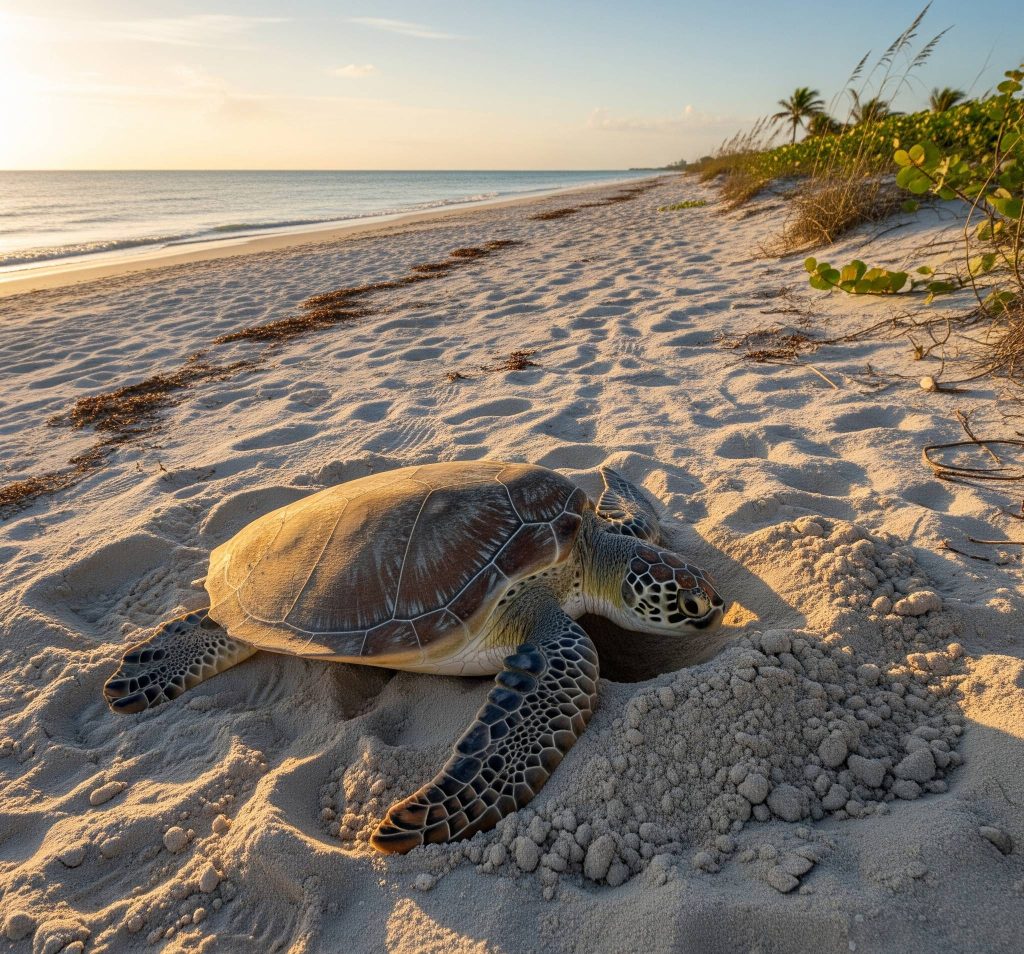
Other Protected Nocturnal Wildlife
Beyond sea turtles, Sanibel Island is also a vital habitat for a variety of nocturnal animals. Owls, bats, raccoons, and numerous insects rely on the darkness of night to hunt, feed, reproduce, and carry out their natural behaviors.
Owls, for example, depend on their keen hearing and night vision to silently catch prey. Bats help control insect populations and play a key role in pollination. Fireflies and other light-sensitive insects use natural light and bioluminescent signals for mating communication. Unfortunately, artificial light disrupts these delicate biological processes.
Light pollution interferes with more than just movement — it affects sleep cycles, migration patterns, and overall health of these animals. Over time, such disruptions can lead to population decline and ecological imbalance.
By minimizing artificial lighting, Sanibel Island is not only protecting sea turtles — it’s also ensuring the survival of countless other nighttime creatures that play crucial roles in a healthy ecosystem.
Local Policies and Community Involvement
The local government of Sanibel Island has established various measures to protect nocturnal wildlife, especially during sea turtle nesting season. One key regulation requires the dimming or turning off of exterior lights near the beach from May through October. Residents and property owners are encouraged to use red or amber lighting, which is less likely to confuse hatchlings.
Community involvement also plays a major role. Local organizations, volunteers, and conservation centers regularly conduct education campaigns for both residents and tourists. Information is shared through brochures, beach signage, and eco-tours designed to raise awareness about the importance of preserving natural darkness.
This collective effort showcases how effective policy and active community participation can work hand in hand to protect the environment.
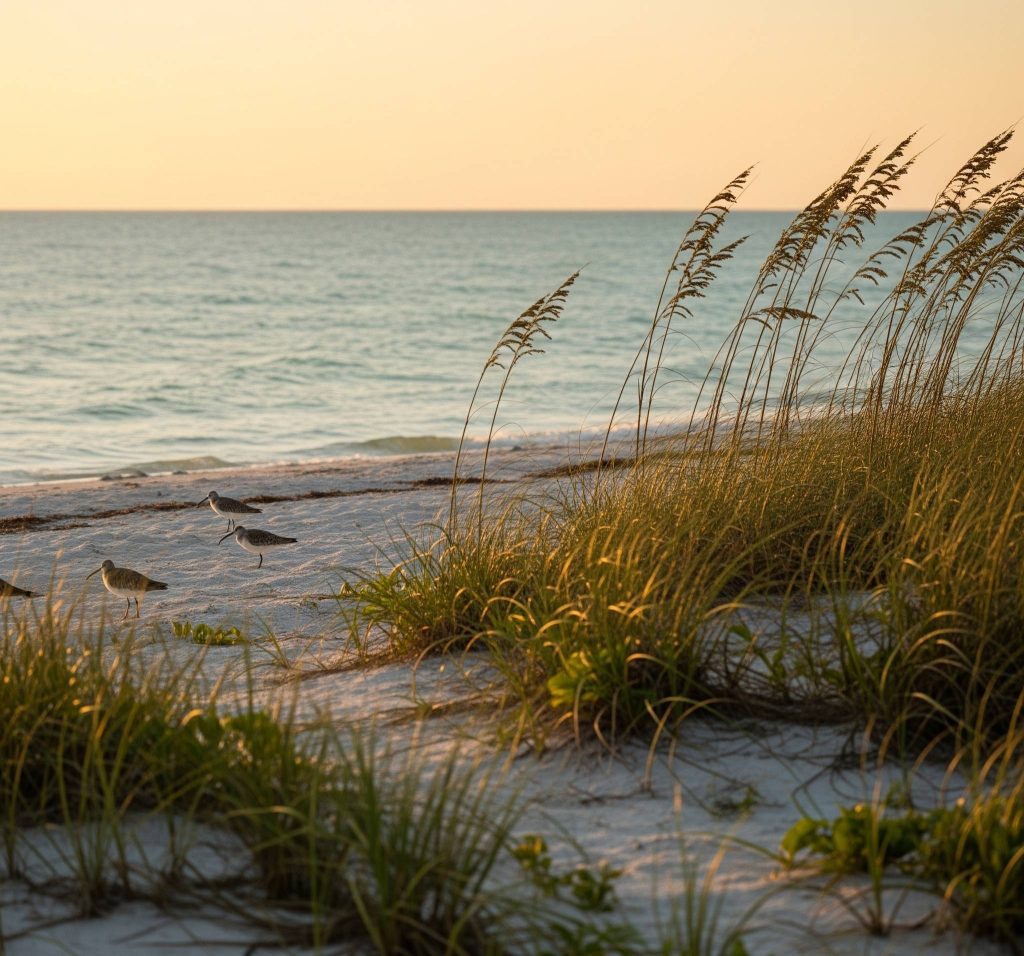
Other Benefits of a Dark Environment
Maintaining darkness at night doesn’t only benefit animals — it also offers significant advantages for humans. Without light pollution, Sanibel’s night sky becomes a stunning spectacle, giving visitors the rare chance to stargaze in a way city dwellers often can’t.
Scientifically, darker environments contribute to better sleep, reduced stress, and healthier circadian rhythms. These factors have a direct impact on both physical and mental well-being.
Moreover, ecotourism is on the rise. Travelers increasingly seek authentic nature-based experiences, such as quiet nights and stargazing. By preserving its natural character, Sanibel Island offers a unique and sustainable tourism experience.

Conclusion: Harmony Between Humans and Nature in Sanibel
Sanibel Island is a powerful example of how humans and nature can coexist in harmony. Through conscious choices like limiting artificial light and preserving nighttime darkness, the island has created a safe haven for small but vital creatures like sea turtles and other nocturnal wildlife.
These efforts go beyond environmental policy — they reflect a long-term commitment to sustainability and deep respect for nature. In Sanibel, humans are not separate from the natural world, but part of an interconnected and interdependent ecosystem.
From this small island, we learn that big change begins with small choices: turning off lights, paying attention to other species, and choosing to live more in tune with the rhythms of the Earth. May Sanibel inspire other communities around the world to protect the delicate harmony between people and the planet.
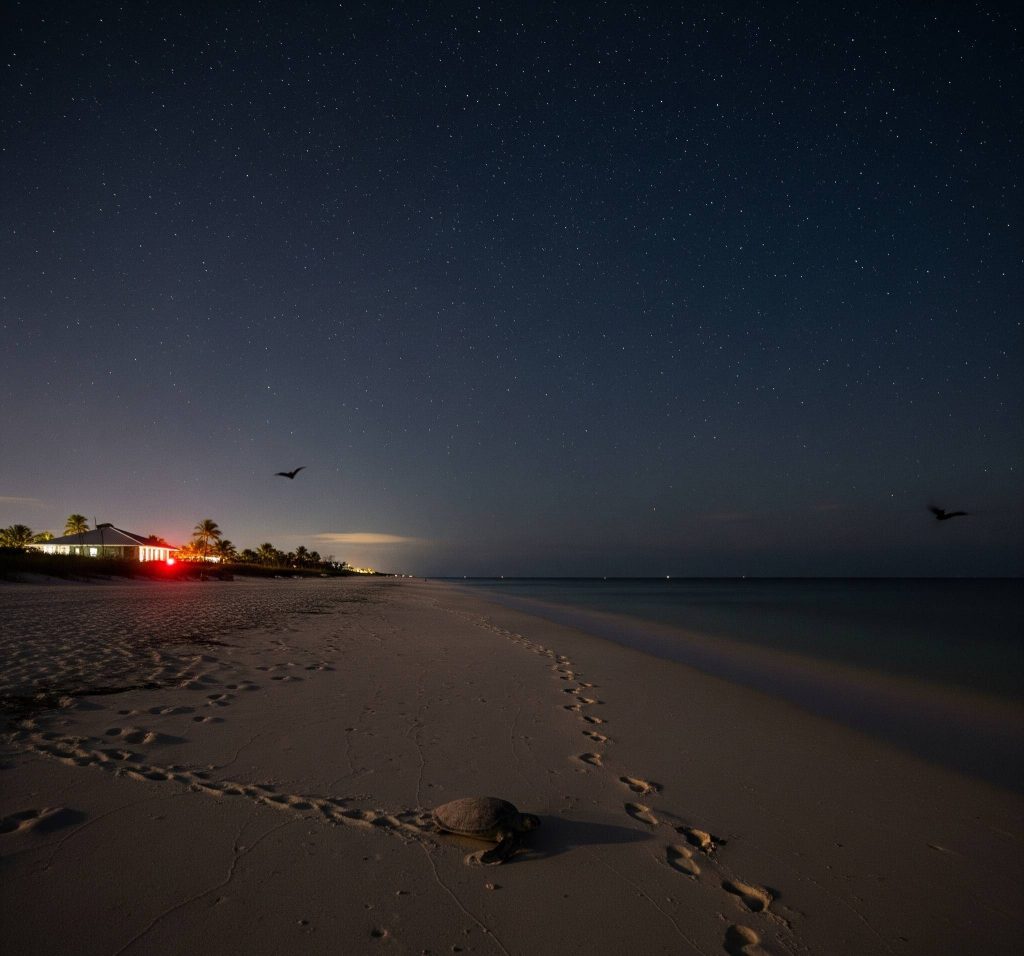
Let’s play our part in preserving nature’s balance. It starts with small actions — like reducing light pollution — and sharing this message with others.
🌿 Nature protects us. It’s time we protect it too.
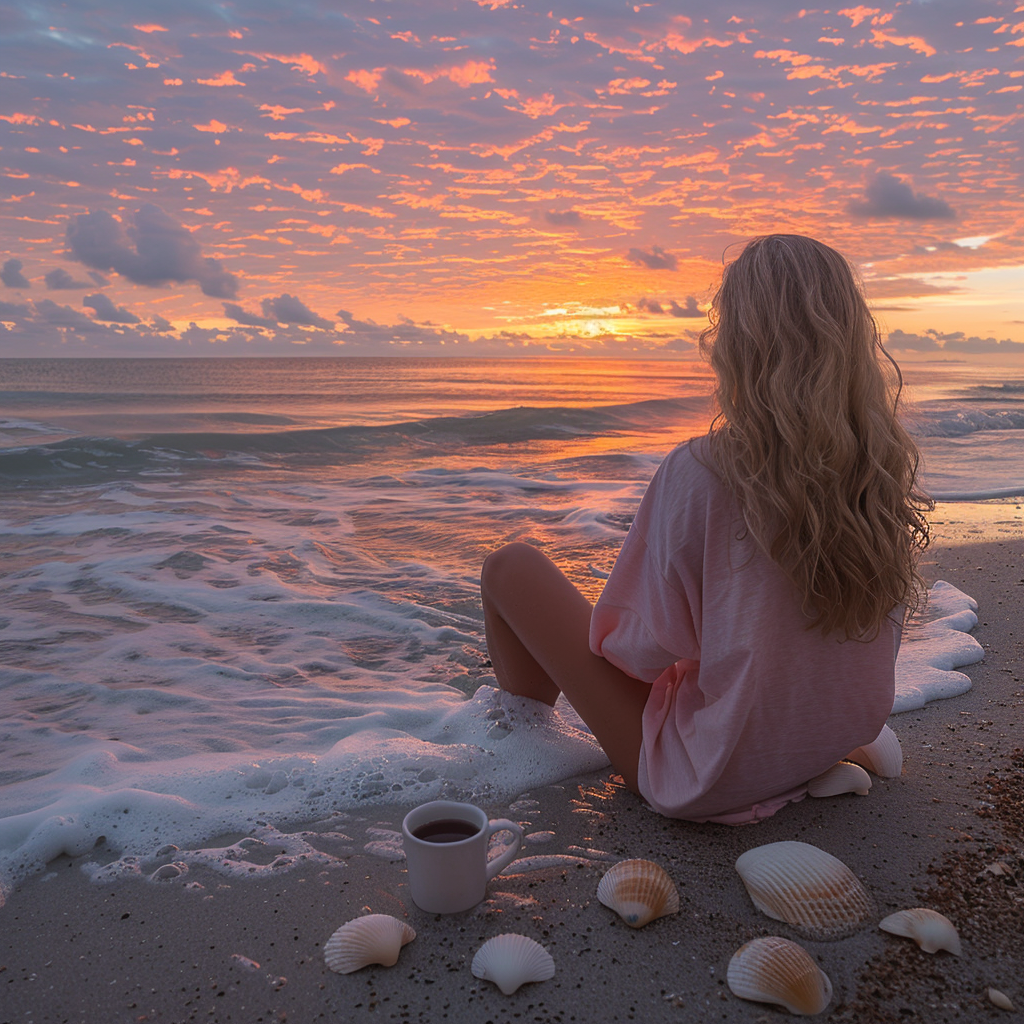
I’m Ayla Wolesky, and I’ve spent years exploring every corner of Sanibel Island. From its pristine beaches to the hidden gems only locals know about, I’m passionate about sharing everything this beautiful island has to offer. Whether it’s the best spots for shelling, the wildlife that makes Sanibel so special, or where to enjoy a perfect sunset, I’ve got you covered. My goal is to provide insider tips and up-to-date information that will help you experience Sanibel Island like never before.


